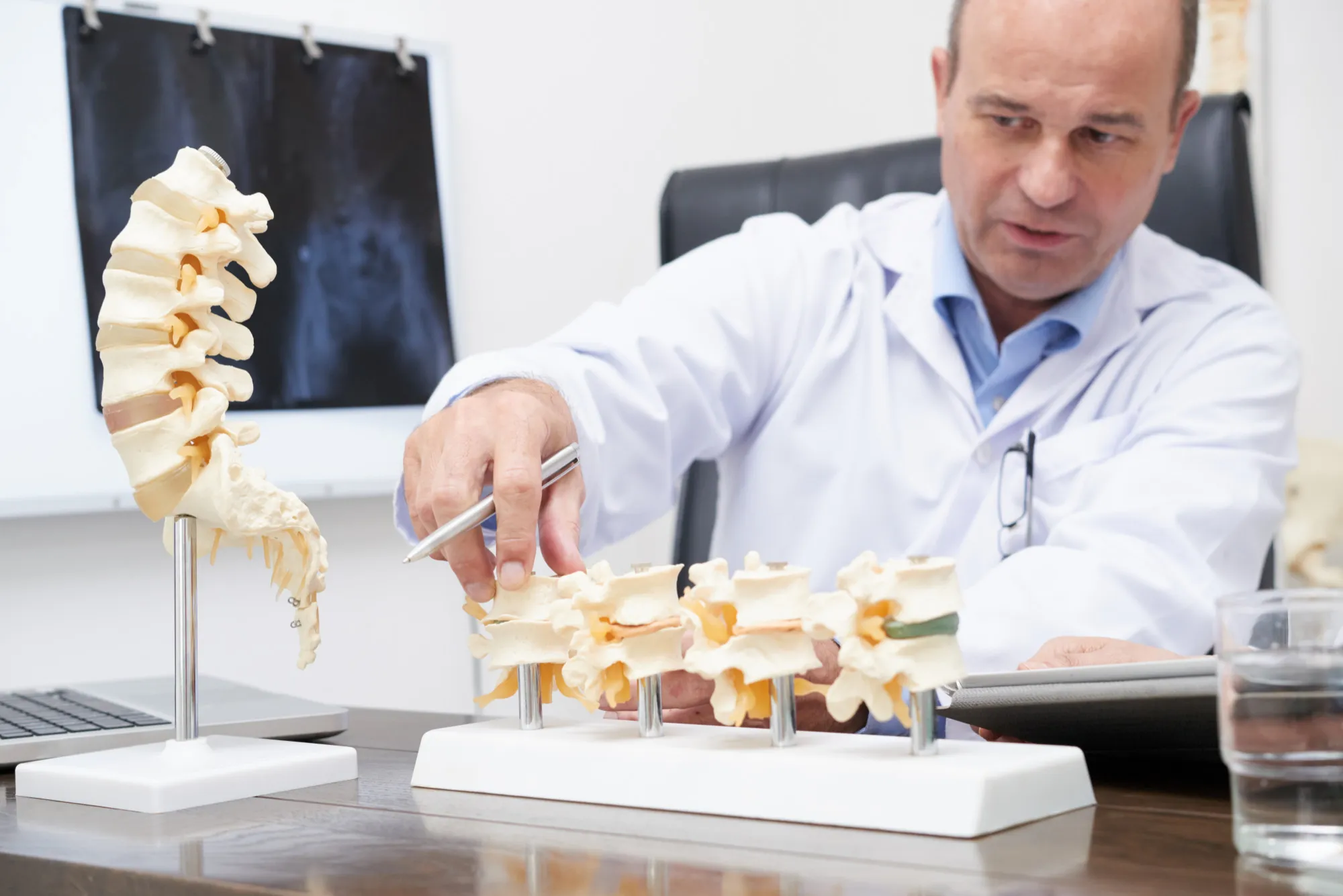A Comprehensive Report from ‘The Journal of Arthroplasty
DOI: 10.1016/j.arth.2024.01.023
In a pivotal advancement for total hip arthroplasty (THA), a recent study published in ‘The Journal of Arthroplasty’ has indicated promising results for the application of dual mobility (DM) articulations composed of mixed manufacturer components. At the forefront of this research is the team from Duke University Medical Center, providing novel insights into the feasibility and safety of using different manufacturers for the prosthetic femoral head and the polyethylene insert during THA revisions.
The study, authored by Christopher C. Holland and colleagues from the Department of Orthopaedic Surgery at Duke University, challenges the status quo that typically favors matching components for hip implant revisions. This news article delves deeply into the groundbreaking research and discusses the implications it holds for the future of THA.
Background
Dual Mobility articulations, known for their potential to reduce the risk of dislocation post-THA, have become increasingly popular. The traditional approach requires that the components—specifically, the femoral heads and polyethylene inserts—come from the same manufacturer. Despite this standard, there are situations, especially during revision surgeries, where mixed components may be necessary. Until now, the use of mixed manufacturer components within DM articulation systems had not been comprehensively studied or reported in the literature.
The Study and Findings
In this retrospective review, conducted between 2011 and 2017, outcomes of DM articulations implanted during THA revision were meticulously analyzed. The participants’ data were stratified into two cohorts: one with matching components and another with mixed components from different manufacturers. A total of 130 hips underwent DM articulations—103 using mixed components and 27 using matched components—with an average follow-up period of seven years.
The comparative analysis, utilizing Chi-squared and Fisher’s exact test, showed no significant differences between the groups in all-cause reoperation (33% matched vs. 25.2% mixed), dislocation (14.8% matched vs. 7.7% mixed), and aseptic loosening (3.7% matched vs. 3.9% mixed). Notably, rates of intraprosthetic dislocation (IPD) were higher in the matching component cohort (11% vs. 0.97%). Survival analysis further supported these findings, with similar outcomes at 2, 5, and 10 years.
Clinical Implication
The key takeaway of Holland et al.’s research is that the mixed component DM articulations are not only a feasible but also a safe option in an appropriate patient setting. This practice could significantly alter the surgical approach in revision THA cases where the femoral stem or acetabular shell remains well-fixed. By allowing the retention of these components, the need for an extensive revision, which would inherently pose higher risks and increased morbidity, might be circumvented.
Expert Opinion
Dr. Michael M. Bolognesi, a co-author and esteemed orthopedic surgeon at Duke University Medical Center, shared his insights: “The findings of this study provide us with a valuable option in our surgical arsenal. The ability to utilize mixed components in dual mobility articulations can be particularly advantageous in complex revision cases, reducing the operative burden and potentially improving patient outcomes.”
Patient Advocacy Perspective
Patient advocacy groups have long voiced concerns about the challenges faced during revision surgeries, emphasizing the need for innovation that prioritizes patient safety and quality of life. This study’s findings offer a reassuring prospect—it suggests that a patient could undergo a less invasive procedure with a potentially shorter recovery time and a decreased risk of complications.
Future Research
While the results of this study are promising, the authors acknowledge the need for ongoing research, particularly prospective randomized trials, to validate and expand upon these findings. Long-term data will be crucial in fully understanding the durability and potential risks associated with the use of mixed manufacturer components in DM articulations over time.
The Bigger Picture
This research from Duke University Medical Center represents a pivotal shift in the approach to THA revisions. The use of mixed components presents a paradigm change that could lead to more flexible, patient-specific, and cost-effective surgical care.
Keywords
1. Dual Mobility Articulation
2. Total Hip Arthroplasty
3. Mixed Manufacturer Components
4. Revision Arthroplasty
5. Prosthetic Femoral Head
References
1. Holland, C. C., Cochrane, N. N., Hinton, Z., Wellman, S. S., Seyler, T. T., Bolognesi, M. M., & Ryan, S. S. (2024). Dual Mobility Articulation in Total Hip Arthroplasty: Mixed Femoral and Acetabular Components are a Feasible Option. The Journal of Arthroplasty. https://doi.org/10.1016/j.arth.2024.01.023
2. Philippot, R., Camilleri, J. P., Boyer, B., Adam, P., & Farizon, F. (2009). The use of a dual-articulation acetabular cup system to prevent dislocation after primary total hip arthroplasty. The Journal of arthroplasty, 24(5), 784-790.
3. De Martino, I., D’Apolito, R., Soranoglou, V. G., Poultsides, L. A., & Sculco, P. K. (2017). Dislocation following total hip arthroplasty using dual mobility acetabular components: a systematic review. The Bone & Joint Journal, 99-B(1_supple_a), 18-24.
4. Hartzler, M. A., Abdel, M. P., & Sculco, P. K. (2018). The role of dual mobility bearings in total hip arthroplasty. Orthopedic Clinics, 49(1), 57-64.
5. Langdown, A. J., Pickard, R. J., Hobbs, C. M., Clarke, H. J., Dalton, D. J., & Grover, M. L. (2007). Incomplete seating of the liner with the Trident acetabular system: a cause for concern? The Journal of Bone and Joint Surgery. British volume, 89(3), 291-295.
